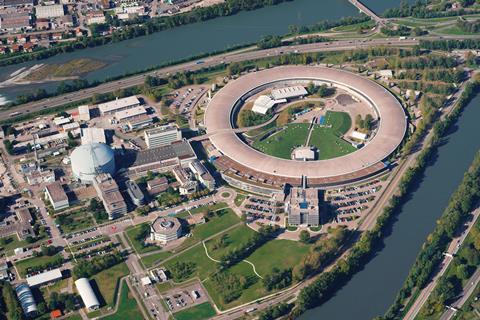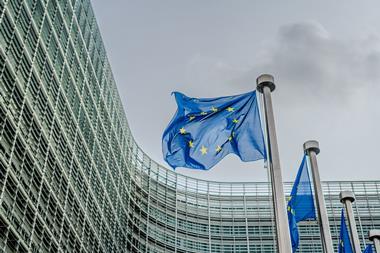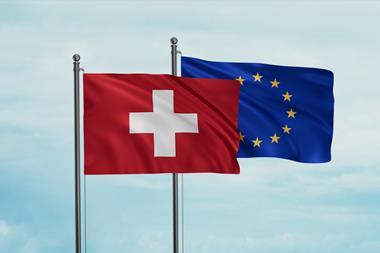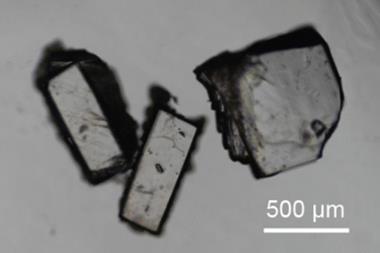The European Commission has introduced a new strategy for research and technology infrastructures (RTIs), which involve shared laboratories, technology platforms and research facilities. However, its success appears to depend on mobilising the necessary funding from both the commission and member states.

There are over 100 such infrastructures in Europe. Research infrastructures (RIs) provide state-of-the-art equipment, laboratories and digital resources for science, research and innovation. They can be single sites like the European Synchrotron Radiation Facility in Grenoble, spread over several sites like the European Molecular Laboratory (EMBL), or virtual, as in the European neuroscience research network EBrains. In contrast, technology infrastructures (TIs) are facilities for developing, testing and scaling up technologies. They include pilot lines, pilot plants and demonstration facilities designed to bring technologies closer to market. For example, the Bioruukki testing centre in Finland is focused on materials and chemical technologies.
However, the commission has recognised that RTIs face major challenges. Many operate in isolation, leading to inefficiencies and restricted access for researchers and industry, while regional disparities prevent certain areas from fully benefiting from cutting-edge facilities.
Funding is another issue. RTIs rely on fragmented financing from regional, national and EU sources, often lacking long-term sustainability. Member states provide the vast majority of funding for RIs, with many receiving funds from several of them. This is complemented by EU funding through Horizon Europe projects; under the current Horizon programme that runs until 2027, RIs receive €2.4 billion (£2.1 billion). Member states are also the main source of funding for TIs, complemented in specific sectors by EU co-financing, as well as contributions from industry or other partners. Under Horizon Europe, TIs will receive €21.5 million between 2025 and 2027. EU structural funds can also be a source for funding for RIs and TIs.
The new strategy calls for a coordinated approach to mobilise investments, pool resources, avoid duplication, and improve and simplify governance to support long-term investment decisions. This strategic approach is also designed to foster integration, cross-border collaboration and equitable access, particularly for startups and SMEs. Another focus is attracting and keeping top talent, as well as advancing Europe’s role as a partner in international cooperation.
Funding shortfall
The commission has proposed a budget of €10.9 billion to cover RIs and TIs in the next Horizon Europe programme, due to start January 2028. It has also proposed a plan to ensure that 20% of the cost of new RIs is covered by EU funds.
However, a recent European Investment Bank study estimated that TIs alone would need between €13 billion and €16 billion by 2030. It also noted that funding models rely heavily on public sources and operational sustainability depends on securing interest from industry and balancing public–private user bases.
The European Association of Research and Technology Organisations (EARTO) says that the new strategy marks a turning point in how RTIs will be reinforced and coordinated across Europe. ‘This announcement is a major step forward,’ says Jesús Valero, president of EARTO.
But he warns that the budget suggested by the commission is too small and calls on EU institutions to increase funding for future RTIs. EARTO also wants to see effective collaboration between RTIs’ funding programmes, the European Competitiveness Fund and Horizon Europe’s successor ‘to ensure a coherent set of investments’.
‘Hopefully the gap between ambition and available funding will not be too significant, and that includes funding for research infrastructures,’ says Plamena Markova, chief of international relations at EMBL. ‘Closing it will require innovative funding models, stronger partnerships across public and private sectors, and sustained commitment from all.’
For EMBL, which operates six sites across Europe, including the UK, the new EU strategy underlines the importance of RTIs as a backbone of European science and competitiveness. ‘The strategy highlights both the opportunities and the challenges ahead – particularly in ensuring long-term sustainability and sufficient investment in the infrastructures for European science to thrive,’ Markova says. ‘It sets the right direction and identifies critical priorities, but success will depend on implementation. Adequate and stable financing mechanisms, long-term political commitment and alignment with the needs of the scientific community are essential. More work is needed to translate ambitions into concrete support for research organisations and infrastructures.’












No comments yet